-
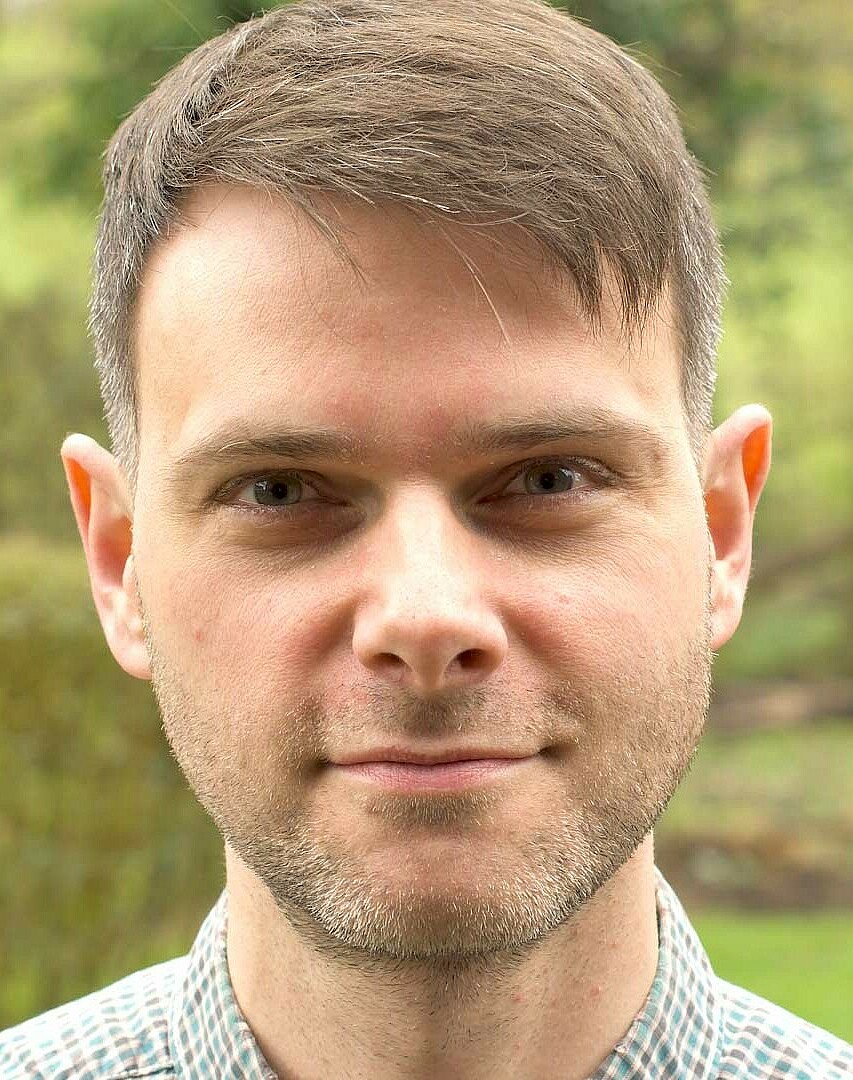 19.09.2023
19.09.2023Dr. Patricio Farrell, Weierstrass Institute
As a specialist in applied mathematics, Brain City Ambassador Dr. Patricio Farrell endeavours to answer practical questions about mathematical models. For example, he conducts interdisciplinary research with physicists on semiconductor components.
“What I especially like about my work is that I can apply mathematics directly to applications. For example in physics or engineering. To do so, I have to 'translate' between the different disciplines because the vocabulary and prior knowledge are different,” says Dr. Patricio Farrell. The Brain City Ambassador works on applied mathematics at the Weierstrass Institute in Berlin. Together with his team, he is researching how electricity flows through semiconductor components. “These include, for example, solar cells, nanowires, lasers or memristors,” he explains. “However, we don’t build such devices ourselves. Instead, we first describe a component with mathematical models. To do this, we have to decide in each case which physical effects are of particular interest. Once the model of the semiconductor component is ready, we simulate it on a computer. This has the advantage that we get theoretical insights into why and how efficiently the component works.” Typical questions Patricio Farrell explores in his work include: “How efficiently does a perovskite solar cell convert sunlight into electricity?”, “How much does a nanowire bend when two materials with different lattice constants are 'glued' together?” or “How should artificial synapses be built to make Artificial Intelligence more energy-efficient?”
“I find it exciting that with my research I can contribute indirectly to improving technologies such as solar technology or help to understand theoretical principles better, for example to develop an artificial nervous system,” says Patricio Farrell enthusiastically. “During my doctorate at Oxford University, I worked in applied mathematics on lattice-free methods. However, the step towards real applications back then was much bigger than it is today. The fact that I can now work with physicists or engineers on real problems practically every day really excites me.”
In Berlin there are several excellent mathematics institutions and a wealth of interesting areas to apply mathematics.
Patricio Farrell moved to Berlin in 2014 – “on the one hand because of an exciting job offer, and on the other hand because I could well imagine living in a larger city. Previously, I lived in the much smaller British city of Oxford to do my doctorate.” As an interim stop, the mathematician took on a substitute professorship at the Hamburg University of Technology from 2017 to 2019. Now Patricio Farrell is firmly established in Brain City Berlin as a scientist and lecturer at the Weierstrass Institute for Applied Analysis and Stochastics (WIAS) as the research group leader “Numerical methods for innovative semiconductor devices”. He and his team also work together with other Berlin research institutions such as the Paul Drude Institute for Solid State Electronics (PDI) or the Leibniz Institute for Crystal Growth (IKZ). He is also scientifically involved in the cross-institutional Berlin mathematics excellence cluster MATH+, which is funded by the German Research Foundation (DFG).
“In Berlin, on the one hand, there are several excellent mathematics institutions – three universities and two research institutes – and a wealth of natural science research institutions that conduct exciting basic research. These pose exciting questions that I try to answer using mathematical methods,” says Patricio Farrell, explaining the location advantages that are important to him. “In addition, Berlin is internationally attractive. Many interesting researchers visit the city.” What he particularly values about Berlin is its diversity, cosmopolitanism and tolerance.”
Patricio Ferrell recommends that young scientists who want to come to Berlin first get an overview of the opportunities the city offers. And then, in a second step, look at what fits their own interests and skills in a specific field. “It makes sense to network specifically as early as possible,” says the Brain City ambassador. “Who knows: Maybe a specific professional opportunity will come up through a phone call or an online meeting.” (vdo)

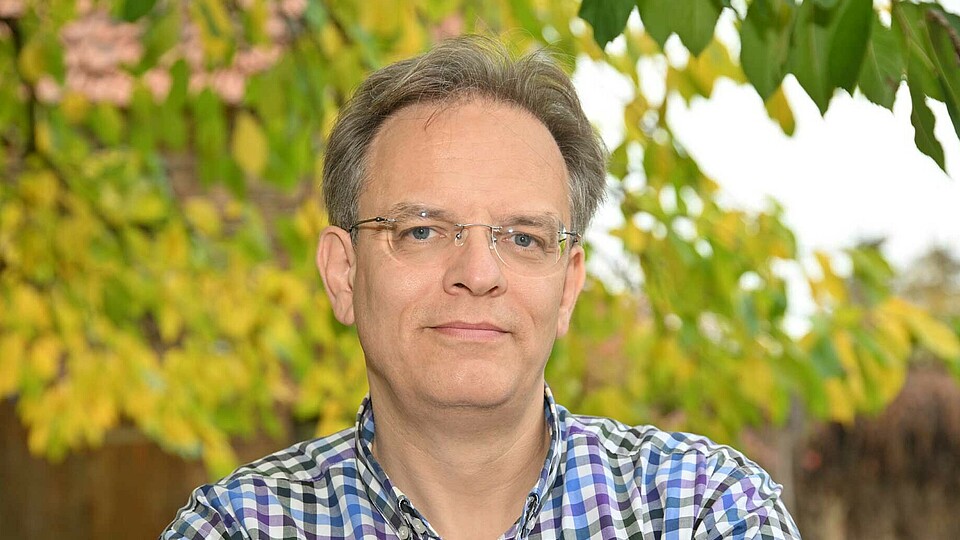
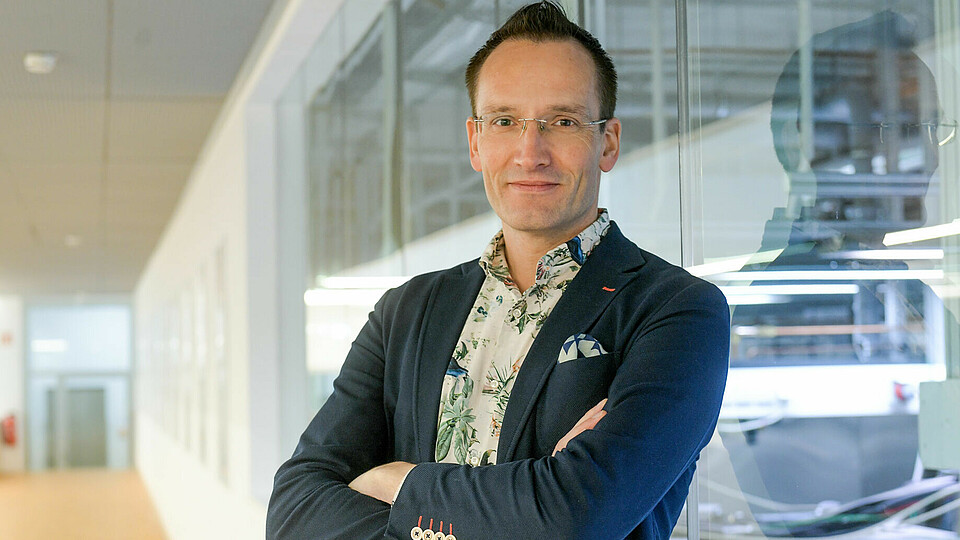
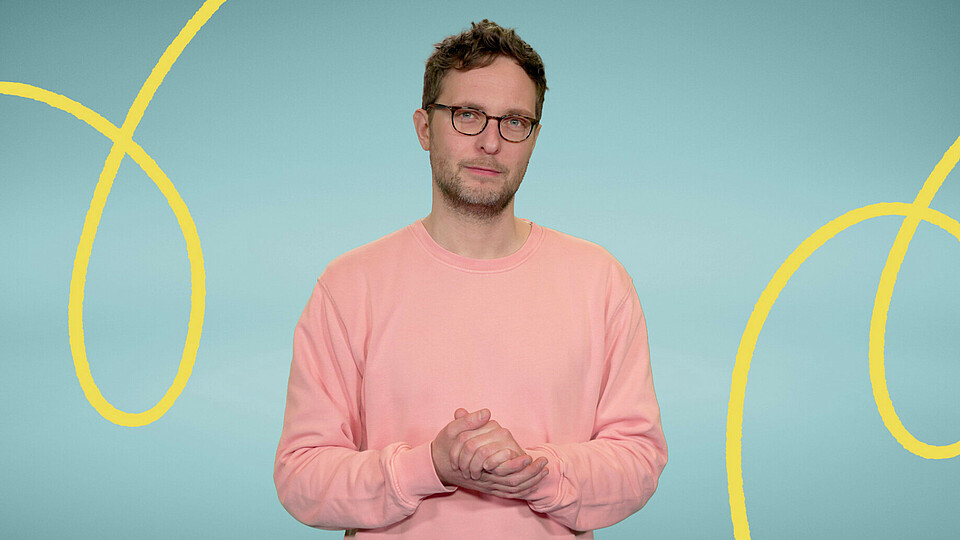
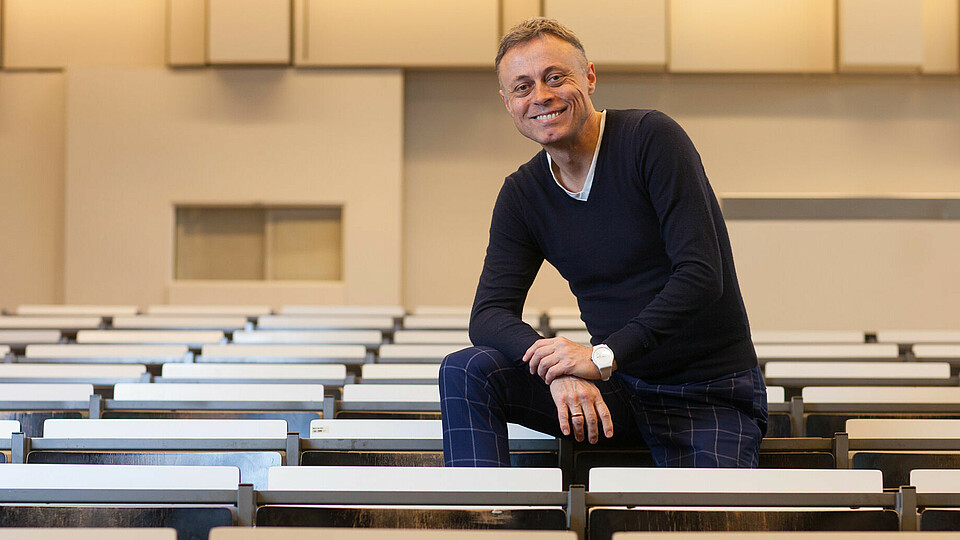



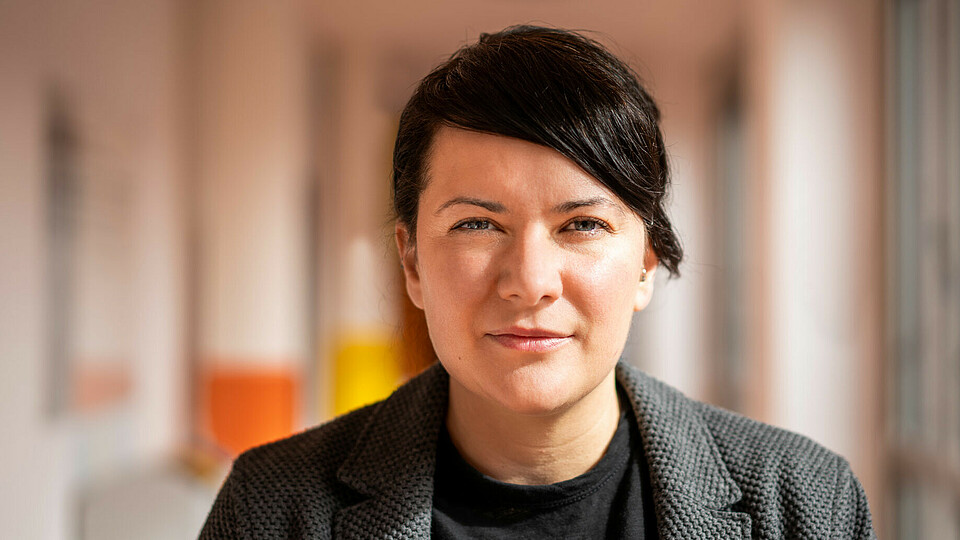

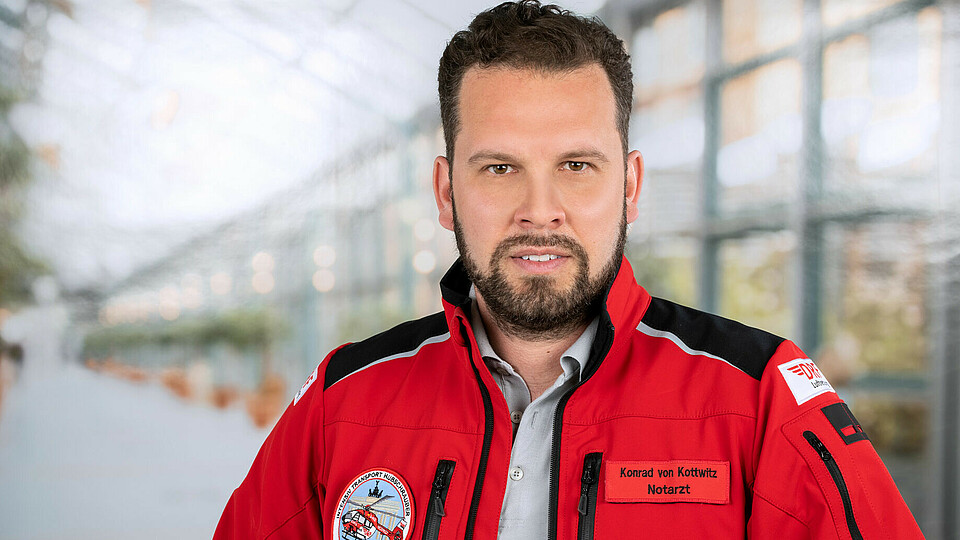
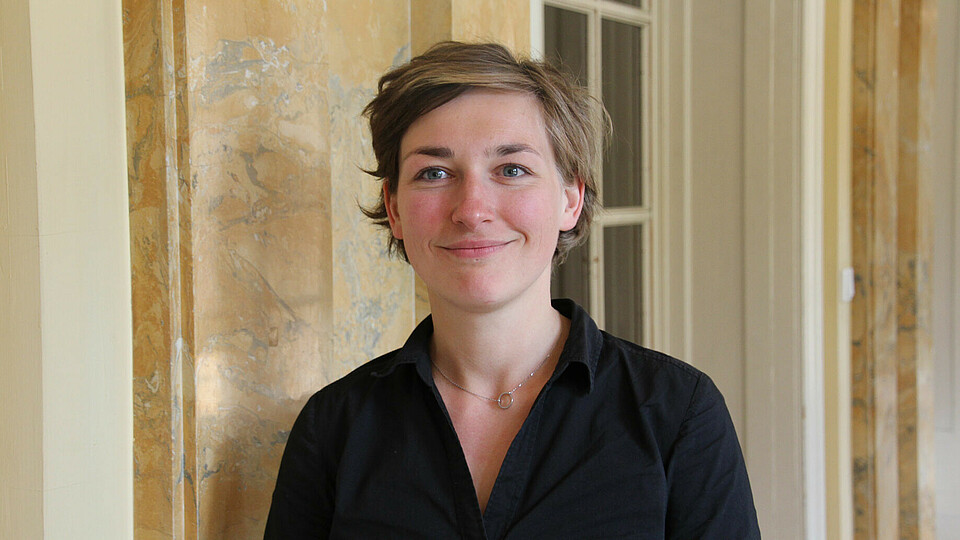
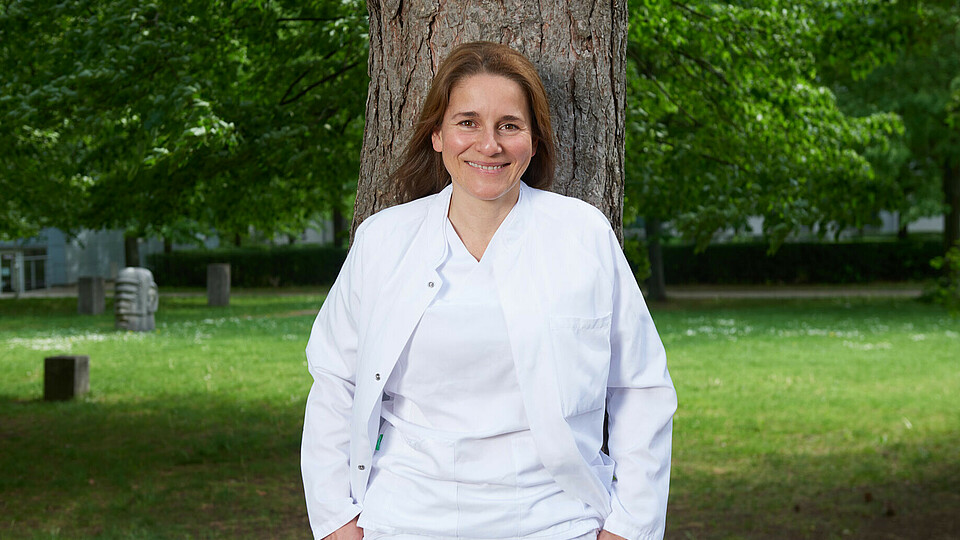
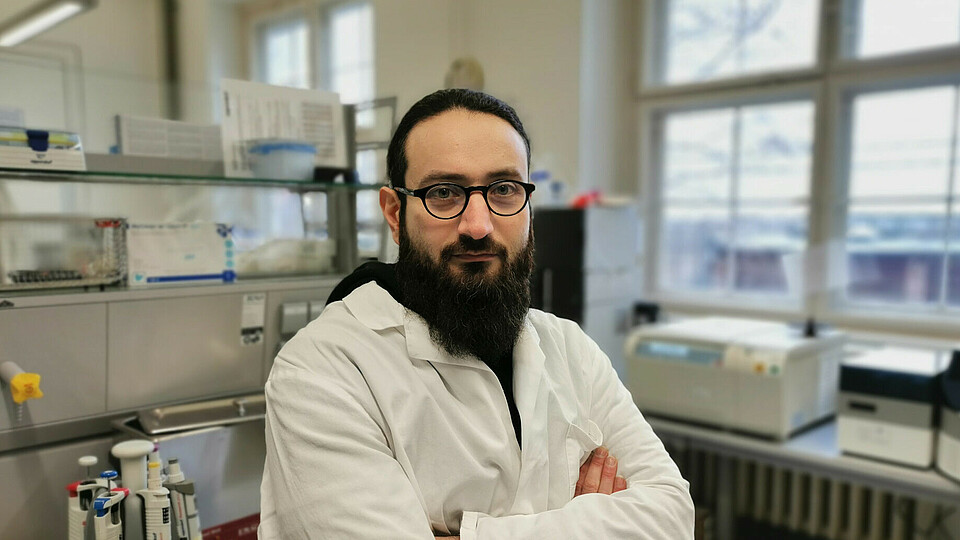
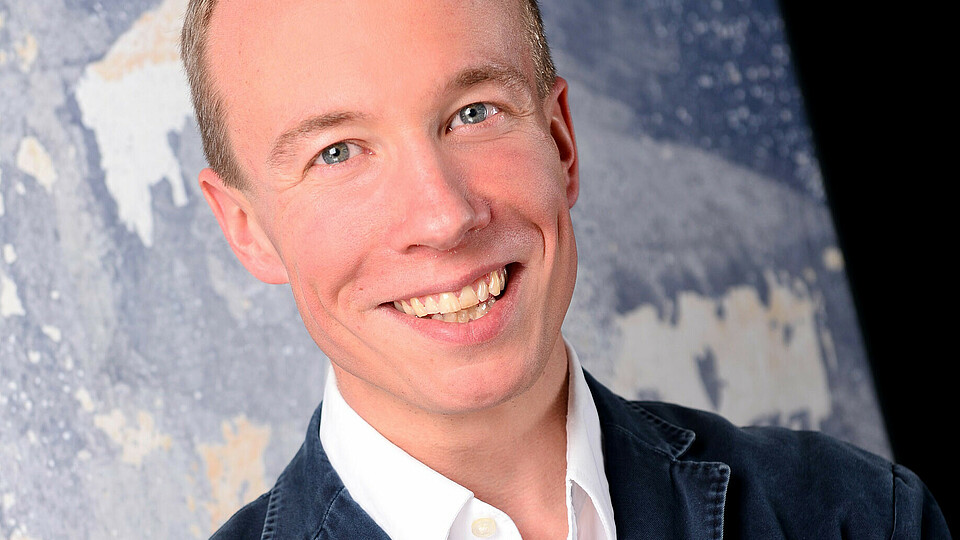
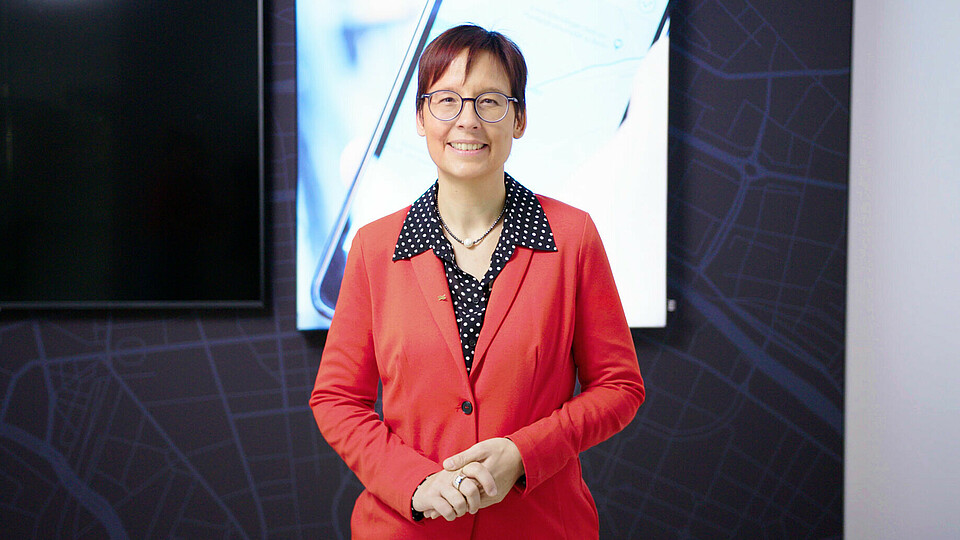
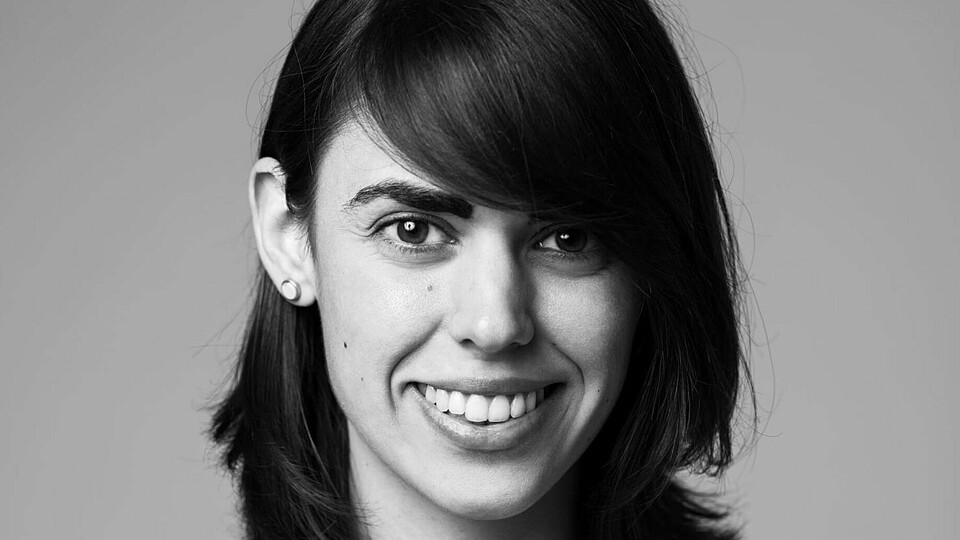
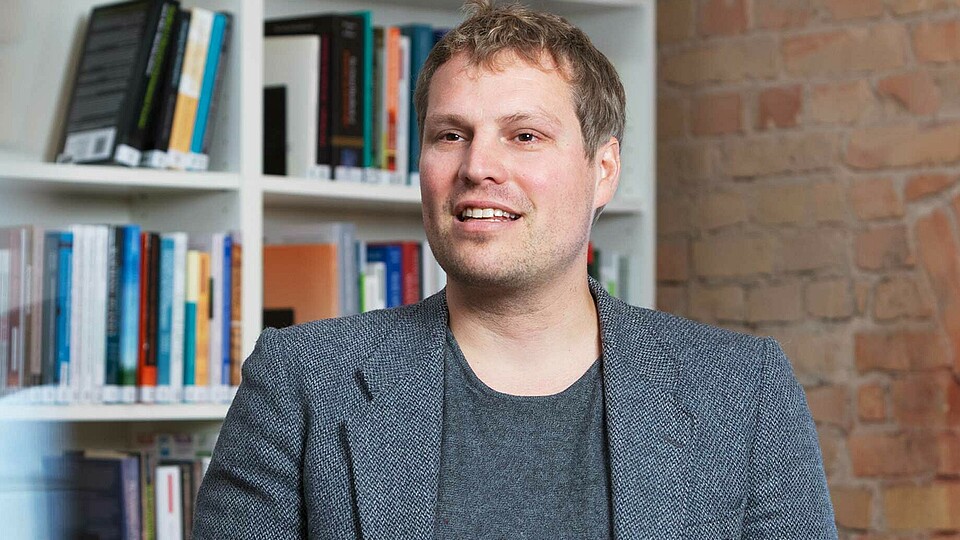

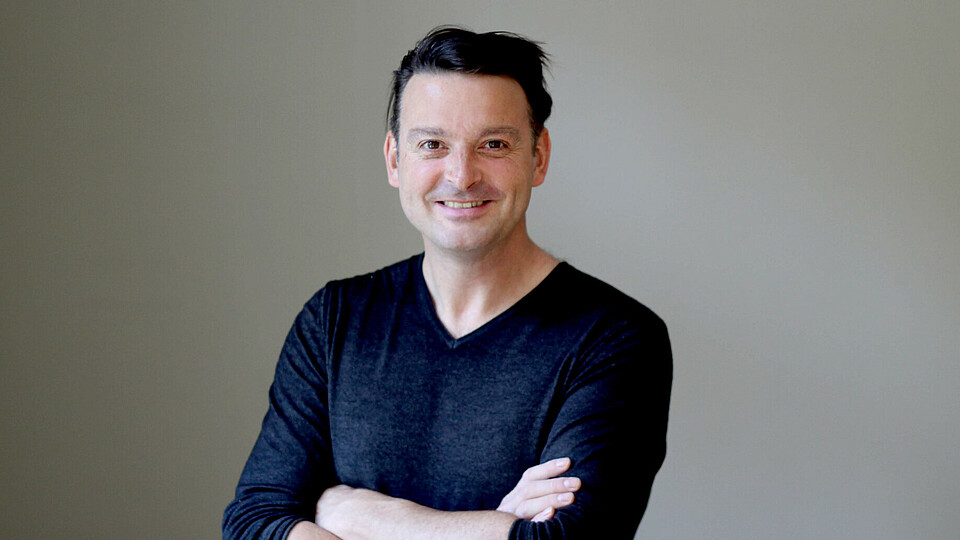
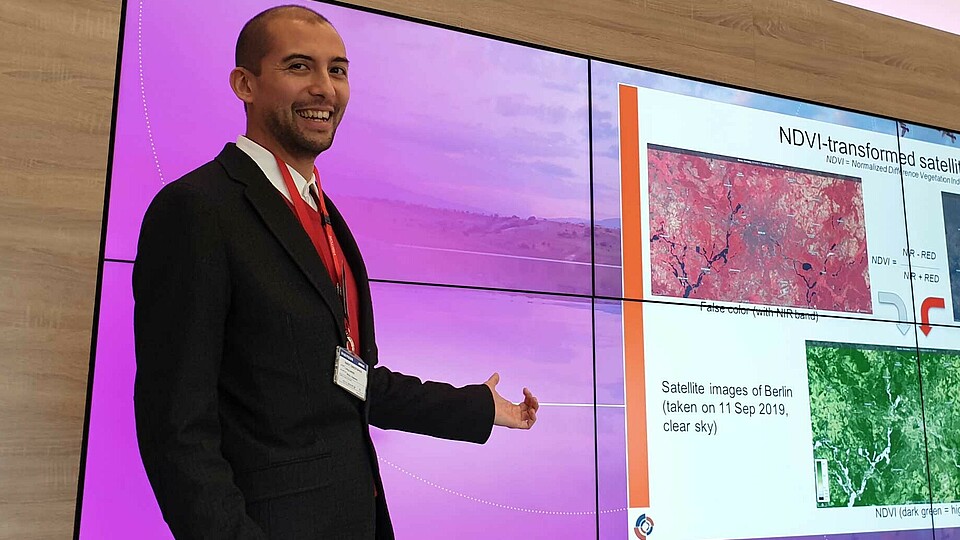
![[Translate to English:] [Translate to English:]](/fileadmin/_processed_/b/c/csm_Lang_Berlin-Partner_Philipp-Jester_683x384_31db623bc3.jpg)